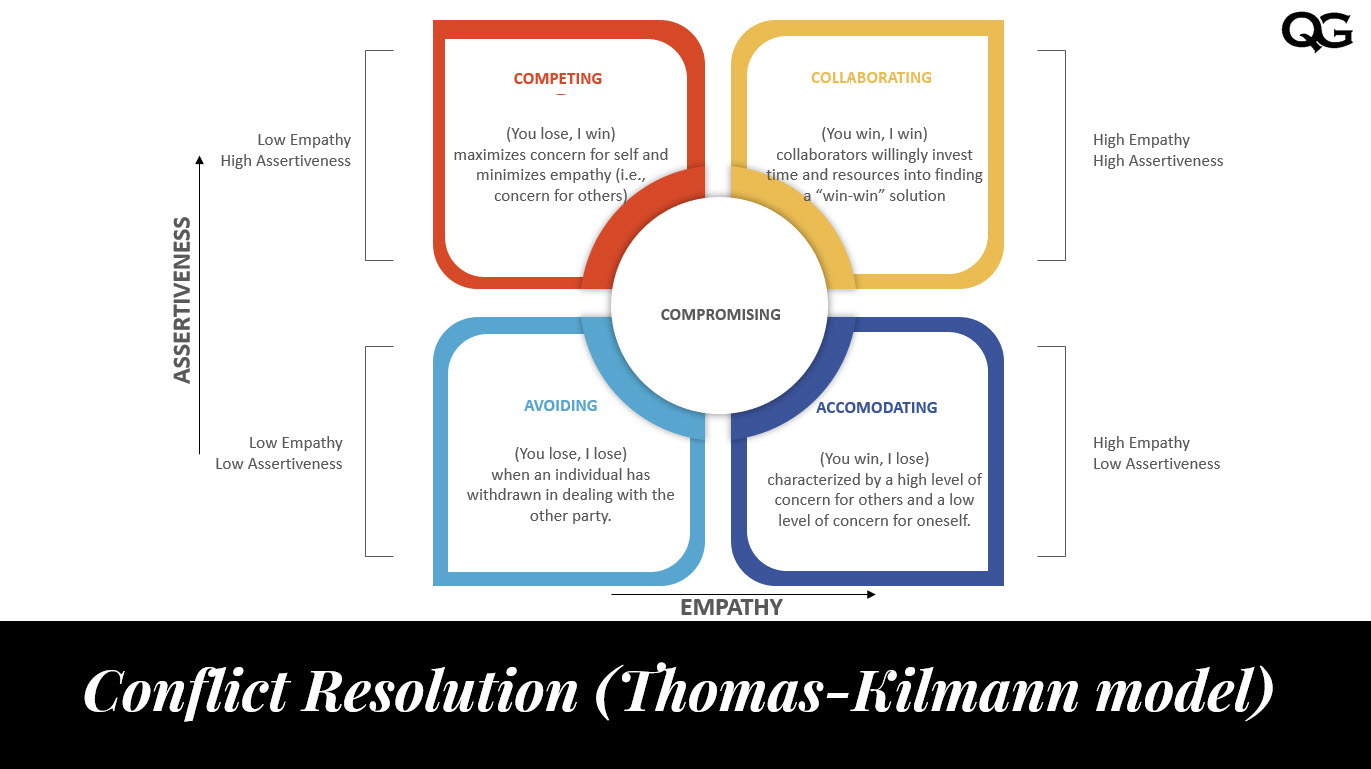CSSInternational Relations-I
Q.3 Identify and analytically explain the various conflict resolution methods. 2021

Conflict resolution refers to the process of finding a peaceful and satisfactory solution to a dispute between two or more parties. There are several methods of conflict resolution, each with its advantages and disadvantages. Here are some of the most commonly used methods:
- : Negotiation involves a discussion between the conflicting parties aimed at finding a mutually acceptable solution. Negotiation can be either direct, where the parties meet face-to-face, or indirect, where a third party facilitates the negotiation. Negotiation can be an effective conflict resolution method when the parties have a shared interest in finding a solution.
- : Mediation involves a neutral third party who helps the conflicting parties reach an agreement. The mediator does not make decisions but instead helps the parties identify their interests and priorities and find common ground. Mediation can be particularly effective when the parties have a personal relationship that they want to preserve.
- Arbitration involves a neutral third party who makes a binding decision on the dispute. The parties agree to be bound by the decision of the arbitrator. Arbitration can be faster and less costly than going to court, but it can also be less transparent and offer fewer opportunities for appeal.
- : Conciliation is a process similar to mediation, where a neutral third party helps the parties reach an agreement. However, unlike mediation, the conciliator can suggest possible solutions to the parties. Conciliation can be particularly useful when the parties have a long-standing relationship they want to maintain.
- : Adjudication involves a judge or a court that makes a legally binding decision on the dispute. Adjudication can be effective when the parties have exhausted all other options, or when the dispute involves a legal issue that requires an expert interpretation.
- : Collaborative problem solving involves the conflicting parties working together to find a mutually acceptable solution. The parties identify the problem, explore possible solutions, and agree on a course of action. Collaborative problem solving can be effective when the parties have a long-term relationship that they want to maintain.
- : Restorative justice involves bringing the conflicting parties together to repair the harm caused by the conflict. The parties identify the harm caused, the needs of the victims, and agree on a course of action to repair the harm. Restorative justice can be effective when the parties want to maintain a relationship and focus on healing rather than punishment.
In conclusion, conflict resolution methods vary depending on the type of conflict, the parties involved, and the desired outcome. Choosing the right method depends on a range of factors, including the nature of the conflict, the interests and priorities of the parties, and the resources available.